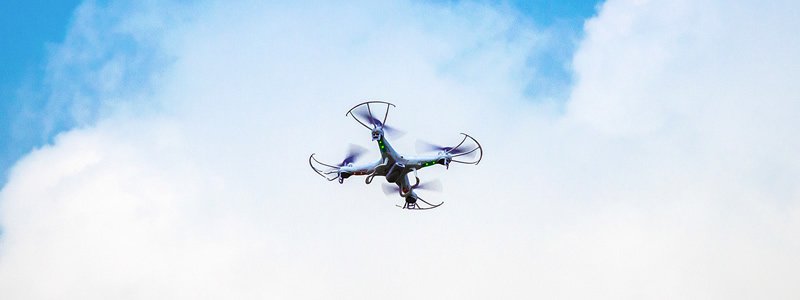White Paper
7 September 2016
Estimated reading time: 10 min
Drones could inspect 16 hectares a day for just €1,800

Drones could cut the cost of thermographic PV panel inspections to between €1,800 and €2,750 a day, covering two hectares an hour, Solarplaza has learned. The cost is a typical daily rate for a pilot and a sensor operator and drone inspections from a height of 15 metres yield “very accurate results,” said Benjamin Federmann, director of marketing and communications at specialist firm Aibotix.
The technique involves mounting a high-definition infrared camera on a drone and running the images through an analysis program to detect hotspots that might reveal the presence of faults. Maintenance teams can then visit these hotspot locations directly, without having to survey the entire solar field, which saves on operational costs.
According to published information, a drone can survey 4,000 panels in about five minutes, while a human inspection would take more than 8 days at a rate of one panel inspection per minute.
As well as being quicker, drones could be around half the price of ground-based inspection techniques, assuming one megawatt of panels per hectare and rates of around USD$250 (€225) per megawatt of panels for manual inspections.
Drones, or unmanned aerial vehicles (UAVs), have been used for panel inspections for the last four years but their use in some markets, such as the US, is still limited due to lack of equipment and knowledge. “It is not that tough to fly above PV panels, but it is very important to have the thermal sensor at the correct angle to the panel to get good results,” Federmann said.

Image credit: Skycatch
Last year at least seven US utilities were known to have been granted Federal Aviation Authority approval to commercially test unmanned aerial systems, according to the Electric Power Research Institute (EPRI). In the solar industry, as well as cutting the time and cost needed for large plant inspections, drones are ideal for surveying roof-mounted systems that might be difficult or dangerous to inspect manually.
Besides being used increasingly in Europe, drone inspections are gaining in popularity across markets where there is significant pressure to reduce operations and maintenance costs.
In South Africa, for example, the Spanish firm Enertis is using drones to cut panel inspection costs by up to 40%, while reducing survey times from a month down to a week for a 75 MW plant.
Meanwhile, a white paper by the EPRI, published in 2015, noted there were significant benefits to using UAVs for solar field inspections. “These devices can currently perform a variety of PV-related tasks, including visual imaging, infrared thermography, and vegetation monitoring that have the potential to update largely manual conventional processes,” it said.
The paper noted that US developer SolarCity was using drones for rooftop array assessments, where it was able to complete up to eight inspections a day compared to four through conventional approaches.
“Despite their commercial immaturity, unmanned aircraft systems are well positioned to serve both niche and more generalized applications,” it concluded.
Discover other ways to improve PV operations and maintenance at Solar Asset Management Europe 2016, on November 9 and 10 in Milan, Italy. Register now for your early bird discount.

Download our White Paper
